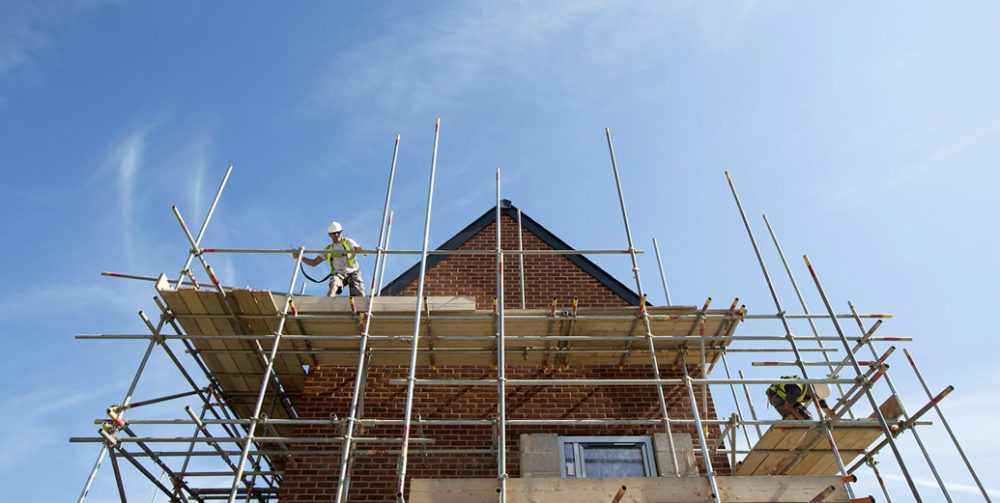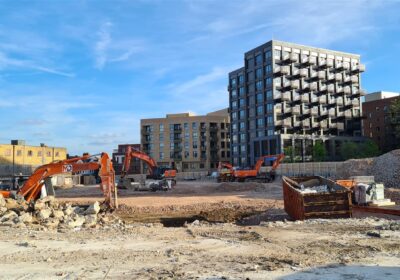With inflation falling below the UK target to 1.7% the question inevitably arises, are we at the bottom of the market? Rate cuts should make most forms of real estate more viable and the deployment of debt more value accretive.
However, the picture isn’t simple. Real estate sub-sectors have diverged. Retail has already been through its decade-long rebasing and office real estate is still in flux. At propviews of course its the living sector and where that currently sits in the market cycle which we care about most.
It’s (genuinely) different this time
In the last major real estate downturn 2008-2009 for the “resi market” as we knew it back then, it was a case of houses vs flats, and London vs everywhere else. There was little in the way of institutional investment. It was build to sell or nothing. The only real buyer in London was Berkeley, and London bounced back much quicker than all other UK cities.
The mega trends of wars, net zero and an ageing construction workforce were certainly not around and in any case calling the bottom can only be achieved after the event. Many brokers called the bottom in Q4 2023, most of them in the logistics sector.
In the dynamic real estate sphere of 2024, a rising tide doesn’t lift all boats at the same time. There’s now a lot of choice on offer which comes with increased complexity: Commercial vs Living, Rent vs Sale, Greenfield vs Brownfield, the Southeast vs the North, London vs New York. Multifamily vs Single Family. PBSA vs Coliving vs BTR. Senior vs. Sub 45.
Having a stable government and economy provides more confidence for investor decision making so the UK is in a much better place than just 5 months ago. Inflation is under control and the government has housing in their focus areas.
However, planning complexity is greater than ever and so far this Government is yet to really get to grips with quite how complicated things are. Take shared living which is emerging as a replacement to build to rent. Developers need to determine the best strategy whether that be through an affordable payment in lieu or delivering traditional onsite affordable. Then there is the issue of whether there is anyone to take the affordable housing on from a management perspective as covered in previous blogs.
Falling land values
Development professionals like to talk about land values. The recent falls of 50-70% should be the pre-cursor to kickstarting investment and new cycle. Resi land values now only make up 5-10% of the GDV of most (viable) schemes. It doesn’t feel like values can fall much further and in London it’s important to remember alternative and new uses compete for land.
The most eye catching market mover in 2024 is undoubtedly private developer London Square who are betting on a recovery in the build to sell market. With little competition, a major backer and limited land bank, it makes sense.
However, for the sector as a whole to feel the confidence returning we still require core, institutional capital to begin deploying back into living. This will be gradual and dependent on both selling first gen (single stair) assets and finding willing/forced and able vendors, which are few and far between.
Everyone needs somewhere to live and last year the UK completed 163k new homes vs net migration of 685,000. Molior informs us construction starts in London are way down – 58% since 2022, 78% since the peak in 2015.
The supply demand imbalance will keep supporting rental growth. This ensures commercial returns and activity for the sector. But as the head honcho of one of the largest UK REITs put it at LREF recently, “if you build today with no rental growth, the margin is zero”. So we are all taking a punt on tomorrow.










